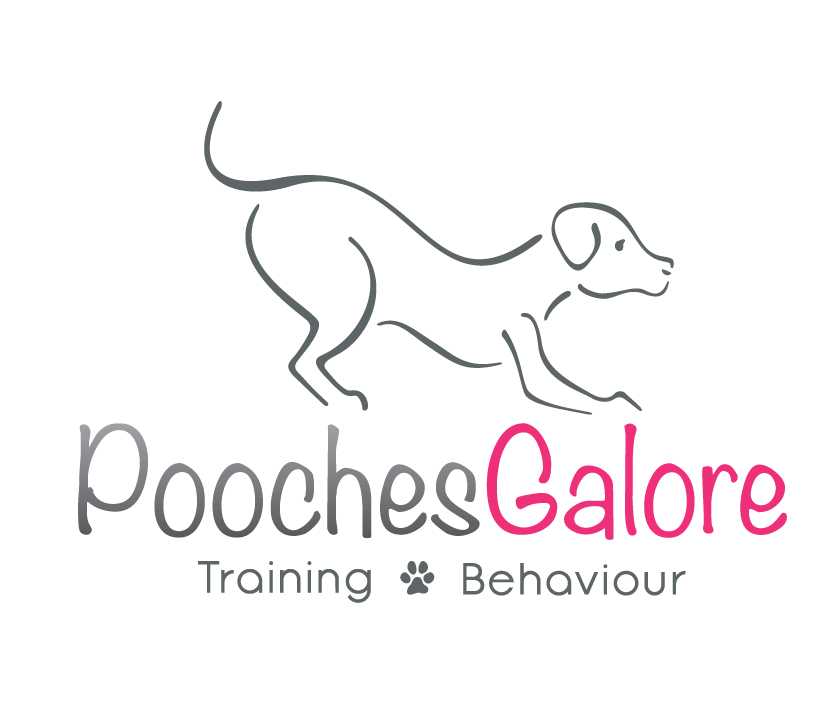Arousal... no it's not what you think it is!
So often I talk to people about why their dog acts a certain way, a behaviour pattern that seems to be at odds with how they feel their dog should be acting based on the environment.
Sometimes we see a dog who is as nice as pie at home but then turn into the devil when they are out of the house, making the wrong decision at every turn.
This is because at home they are calm, but when they leave the house they might be overexcited, over aroused, reactive, fearful, frustrated, scared or anxious.
Because of these underlying feelings, they may make the wrong behaviour choice.
These dogs are often called aggressive, reactive or naughty.
What is arousal?
Arousal is the term we use to describe how responsive our dog is to events occurring in their environment (e.g. other dogs, people etc) and your response to these (the cues you give your dog).
Arousal is a complex interaction between the dogs brain (especially the reticular activating system) and other areas of the brain, primarily those responsible for hormonal activation.
This interaction dictates how the dog is likely to respond to a situation. In addition, arousal effects how positive and negative events are processed in the brain and the resulting emotion.
Arousal has both physiological and psychological effects.
If you remember just one thing…
Arousal has a cumulative effect, it is quick to rise and slow to lower.
The way I think of arousal is to imagine a bucket. Positive and negative arousal inducing effects are like pouring a cup of water into the bucket. Before long the bucket will fill with water and that water will become close to the brim of the bucket. The brim of the bucket represents your dogs threshold level, the level at which they switch from coping to not coping. Once the water tips over the rim of the bucket our dog is likely to respond to even mild triggers of fear and arousal.
To further complicate the issue water does not drain out of the bucket as quickly as it fills. Instead, as you are pouring water in, there is just a small hole in the bottom of the bucket letting a dribble of water out.
This small hole means that for our dogs, arousal levels can take up to 72 hours to return to normal!
Remember:
- Arousal is cumulative
- It can be raised by both positive and negative events
- There is a threshold at which we see problems
- It can take up to 72 hours for levels to return to normal!
